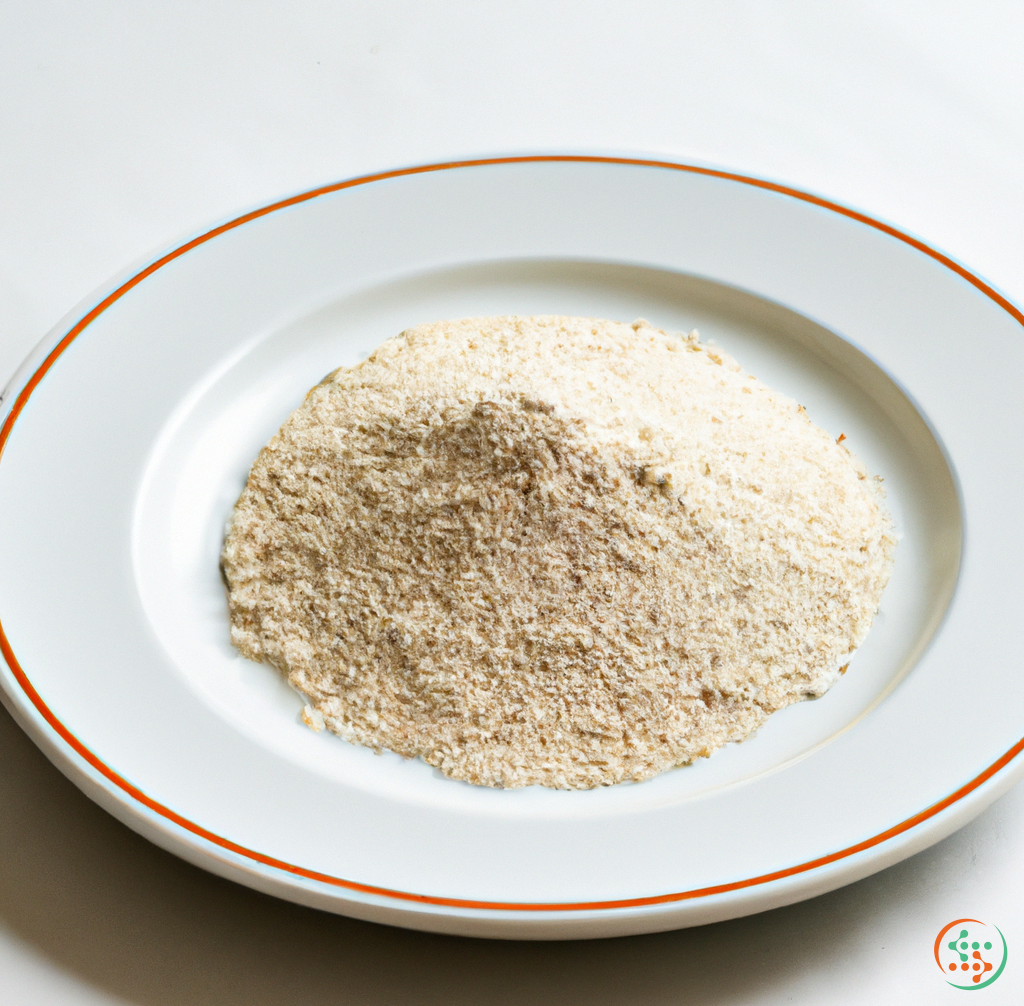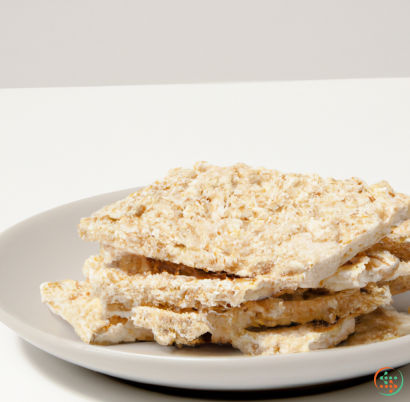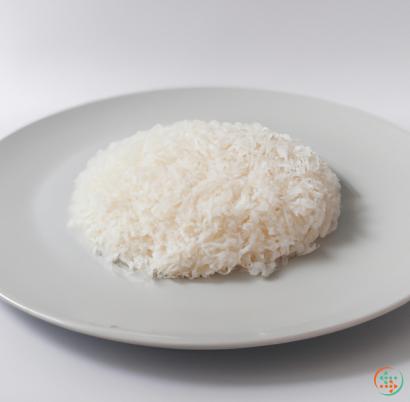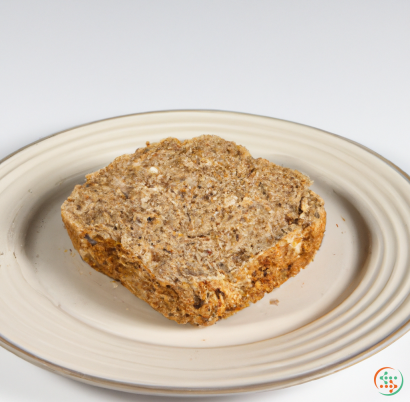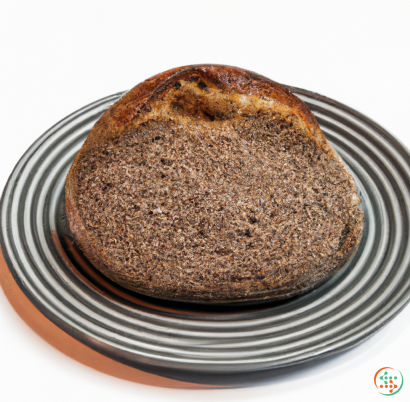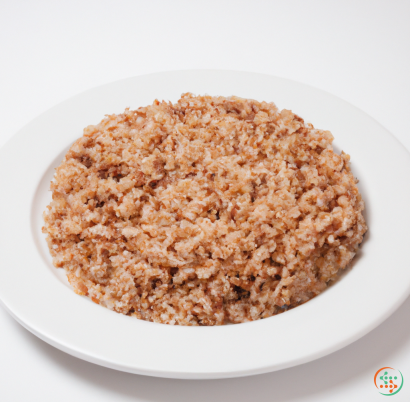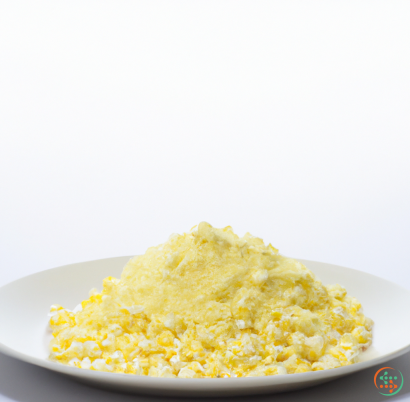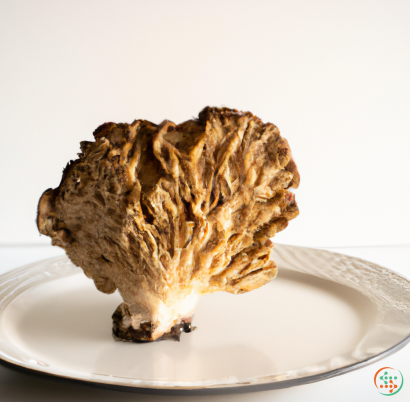Barley Malt Flour
Barley malt flour may be something you have heard about or seen on the shelves at your local grocery store, but do you actually know what it is? If you are like many people, you think it is just a type of flour, and while that isn’t wrong, the answer is a bit more complex than that.
In the simplest terms, barley malt flour is a type of flour made from malted barley grains. It is most commonly used in baking and other applications where a malty flavor is desired. It has been around for centuries and is renowned for its baking flavor and health benefits.
So what exactly is malted barley and why would you use it?
Malted barley begins as a grain, typically either barley, wheat, or rye. It is then germinated in a process known as malting. This process was originally done to make beer, but it has since been adapted for baking applications. During the malting process, enzymes are activated which allow the starch in the grain to convert into sugars.
The germinated grain is then dried, stripped of its hulls, sifted, and crushed into small pieces. These small pieces are referred to as “grains” and can range in size from other grains like wheat or oats, to barely recognizable particles. The grains are then ground into a fine powder, which is what the flour is made from.
Barley malt flour has a unique flavor and provides a variety of baking benefits. Its mild flavor has notes of caramel and toffee, and can provide a touch of sweetness without overpowering other ingredients. The flavor is often described as nutty, with a slight sweetness that is pleasingly warm.
In addition to its flavor, barley malt flour also has many nutritional benefits. It is a whole grain, so it contains more fiber, vitamins, and minerals than refined grains. It is also a good source of protein, iron, and magnesium. Furthermore, the enzyme-activating process that takes place when making the flour can create valuable probiotic benefits.
Now that you have an understanding of barley malt flour, let’s explore some of its uses.
Many famous recipes use barley malt flour, including pretzels and bagels. It is also great for making pancakes, waffles, cookies, muffins, and other baked goods. It can also be used to thicken sauces, soups, and stews, providing a nice malty flavour. When using barley malt flour, keep in mind that its mild flavour is ideal in sweet or savoury recipes.
When using barley malt flour, the important thing to remember is that the flavour will be very subtle. Start by adding a small amount, and gradually increase the amount in your recipes until you get the desired malty flavour. You can also use barley malt flour to replace part of the white flour in recipes, which will result in a more flavorful end product.
In conclusion, barley malt flour is a versatile ingredient that can add a unique flavour and nutritional value to any recipe. It is more than just a type of flour, providing a mild malty flavour that can bring out the best in your baking. Barley malt flour is a great addition to the pantry of any home baker, and its health benefits make it worth considering.
Malt is a key ingredient in the brewing and distilling industries. It is produced by malting barley, which is the process of steeping the grain in water, allowing it to germinate, and then drying it. The resulting product, malt, is then used to make beer, whisky, and other spirits.
The process of malting barley begins with the selection of the grain. Barley is the most common grain used for malt, but other grains, such as wheat, rye, and oats, can also be malted. The grain is then cleaned and sorted to remove any impurities.
The next step is known as steeping, and this is where the grain is soaked in water for a period of time. The length of time that the grain is soaked will depend on the type of malt being produced. Once the grain has been soaked, it is then drained and spread out on a malting floor.
At this point, the grain is allowed to germinate. This is the process whereby the grain starts to grow, and the enzymes that are responsible for converting the starches in the grain into sugars are activated. The temperature and humidity of the air are carefully controlled during germination to ensure that the process is carried out correctly.
Once the grain has germinated, it is then dried in a kiln. The type of kiln used will depend on the type of malt being produced. For example, pale malt is typically dried at a higher temperature than dark malt.
The final step in the process is known as milling, and this is where the malt is ground into a flour-like consistency. The malt is then ready to be used in the brewing or distilling process.
Malt is a key ingredient in beer, and it is responsible for the color, flavor, and body of the finished product. The type of malt used will have a major impact on the flavor and character of the beer. For example, pale malt will produce a light-colored beer with a delicate flavor, while dark malt will produce a beer with a richer, more robust flavor.
The malt that is used in brewing is typically made from two-row barley. This type of barley has a higher enzyme content than six-row barley, which is typically used for animal feed. The higher enzyme content of two-row barley makes it better suited for the brewing process, as it helps to convert the starch in the grain into sugar.
The process of brewing beer begins with the crushing of the malt to release the enzymes that will convert the starch into sugar. The malt is then combined with water and heated to create a sweet liquid known as wort. The wort is then boiled, and hops are added to provide bitterness and flavor.
After the boil, the wort is cooled and transferred to a fermenter, where yeast is added. The yeast consumes the sugar in the wort and produces alcohol and carbon dioxide. The carbon dioxide is allowed to escape, and the beer is transferred to a conditioning tank, where it is left to mature.
Once the beer has matured, it is ready to be bottled or kegged and enjoyed.
Malt is also a key ingredient in whisky and other spirits. The type of malt used will have a major impact on the flavor of the finished product. For example, peated malt is commonly used in the production of Scotch whisky, and this malt imparts a distinctive smoky flavor to the whisky.
Malt is also used in the production of bourbon whiskey. Bourbon is made from a mash bill that consists of at least 51% corn, and the remaining 49% can be any combination of grains, including malt. The malt that is used in bourbon whiskey is typically made from two-row barley.
Bourbon whiskey is typically aged in oak barrels, and the type of oak that is used will have a major impact on the flavor of the finished product. For example, bourbon that is aged in new oak barrels will have a Vanillin} flavor, while bourbon that is aged in used oak barrels will have a more mellow flavor.
The process of making bourbon whiskey begins with the fermentation of a mash made from corn, barley, and rye. The mash is then distilled, and the resulting spirit is matured in oak barrels. The length of time that the bourbon is matured will depend on the regulations in the country of origin.
Once the bourbon has matured, it is then bottled and enjoyed.
Malt is a key ingredient in the brewing and distilling industries, and it is produced by malting barley. The process of malting barley begins with the selection of the grain, and the grain is then cleaned and sorted to remove any impurities. The next step is known as steeping, and this is where the grain is soaked in water for a period of time.
The grain is then drained and spread out on a malting floor, and at this point, the grain is allowed to germinate. The temperature and humidity of the air are carefully controlled during germination to ensure that the process is carried out correctly. Once the grain has germinated, it is then dried in a kiln.
The final step in the process is known as milling, and this is where the malt is ground into a flour-like consistency. The malt is then ready to be used in the brewing or distilling process.
| Vitamin A | 0.001 mg | |
| Beta-Carotene | 0.011 mg | |
| Vitamin E | 0.57 mg | |
| Vitamin K | 0.0022 mg | |
| Vitamin C | 0.6 mg | |
| Vitamin B1 | 0.31 mg | |
| Vitamin B2 | 0.31 mg | |
| Vitamin B3 | 0.00564 grams | |
| Vitamin B5 | 0.58 mg | |
| Vitamin B6 | 0.66 mg | |
| Vitamin B9 | 0.038 mg |
| Calcium | 0.037 grams |
Daily Value 1.3 g
|
| Iron | 0.00471 grams |
Daily Value 0.018 g
|
| Magnesium | 0.097 grams |
Daily Value 0.4 g
|
| Phosphorus | 0.303 grams |
Daily Value 1.25 g
|
| Potassium | 0.224 grams |
Daily Value 4.7 g
|
| Sodium | 0.011 grams |
Daily Value 2.3 g
|
| Zinc | 0.00206 grams |
Daily Value 0.011 g
|
| Copper | 0.27 mg |
Daily Value 0.9 mg
|
| Manganese | 0.00119 grams |
Daily Value 0.0023 g
|
| Selenium | 0.0377 mg |
Daily Value 0.055 mg
|
| Tryptophan | 0.132 grams | |
| Threonine | 0.407 grams | |
| Isoleucine | 0.361 grams | |
| Leucine | 0.746 grams | |
| Lysine | 0.535 grams | |
| Methionine | 0.294 grams | |
| Cystine | 0.157 grams | |
| Phenylalanine | 0.225 grams | |
| Tyrosine | 0.341 grams | |
| Valine | 0.503 grams | |
| Arginine | 0.836 grams | |
| Histidine | 0.275 grams | |
| Alanine | 0.516 grams | |
| Aspartic Acid | 0.776 grams | |
| Glutamic Acid | 1.825 grams | |
| Glycine | 0.44 grams | |
| Proline | 1.123 grams | |
| Serine | 0.465 grams |
| Total Sugars | 0.8 grams |
per 100g
|
| Lauric acid (12:0) | 0.01 grams |
|
| Myristic acid (14:0) | 0.01 grams |
|
| Palmitic acid (16:0) | 0.35 grams |
|
| Stearic acid (18:0) | 0.02 grams |
|
| Total Saturated fatty acids: | 0.39 g | |
| Oleic acid (18:1) | 0.21 grams |
|
| Palmitoleic acid (16:1) | 0.01 grams |
|
| Total Monounsaturated fatty acids: | 0.22 g | |
| Linolenic acid (18:3) | 0.1 grams |
|
| Linoleic acid (18:2) | 0.86 grams |
|
| Total Polyunsaturated fatty acids: | 0.96 g | |
